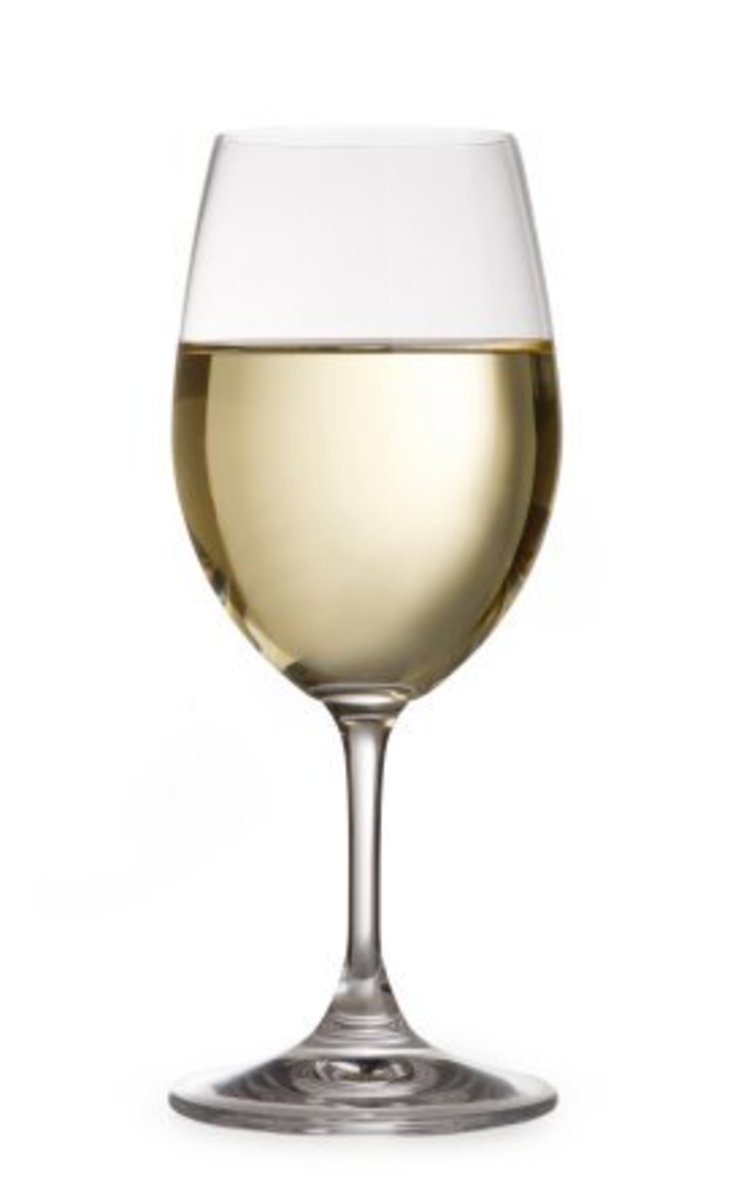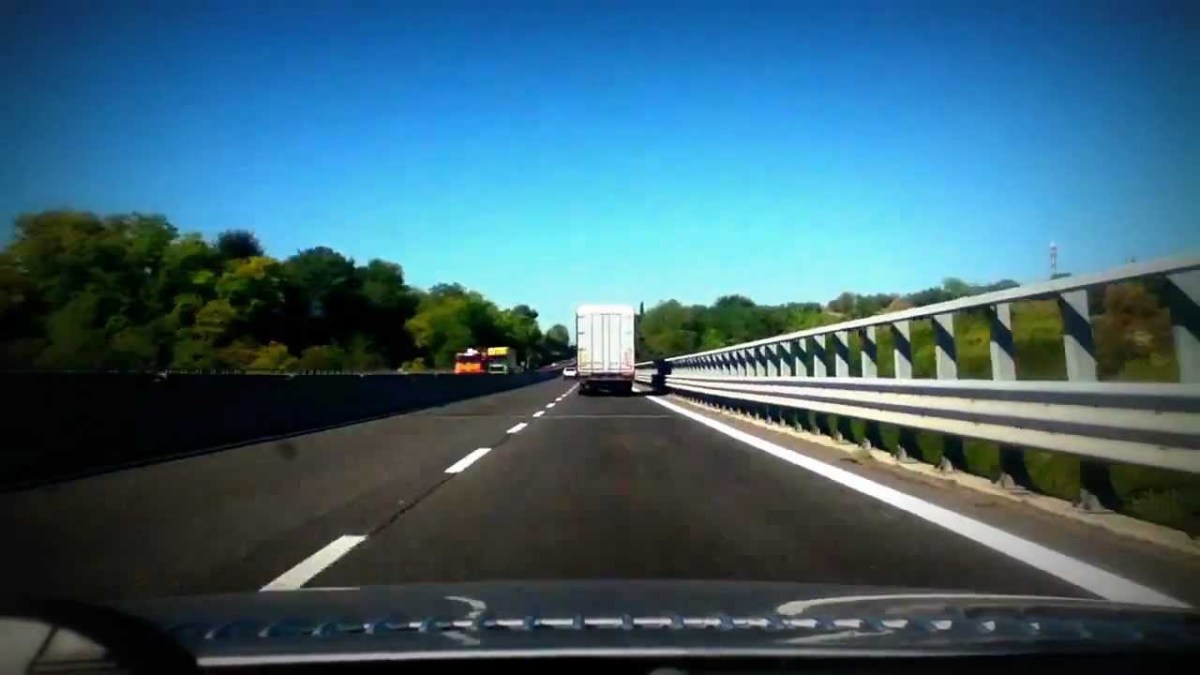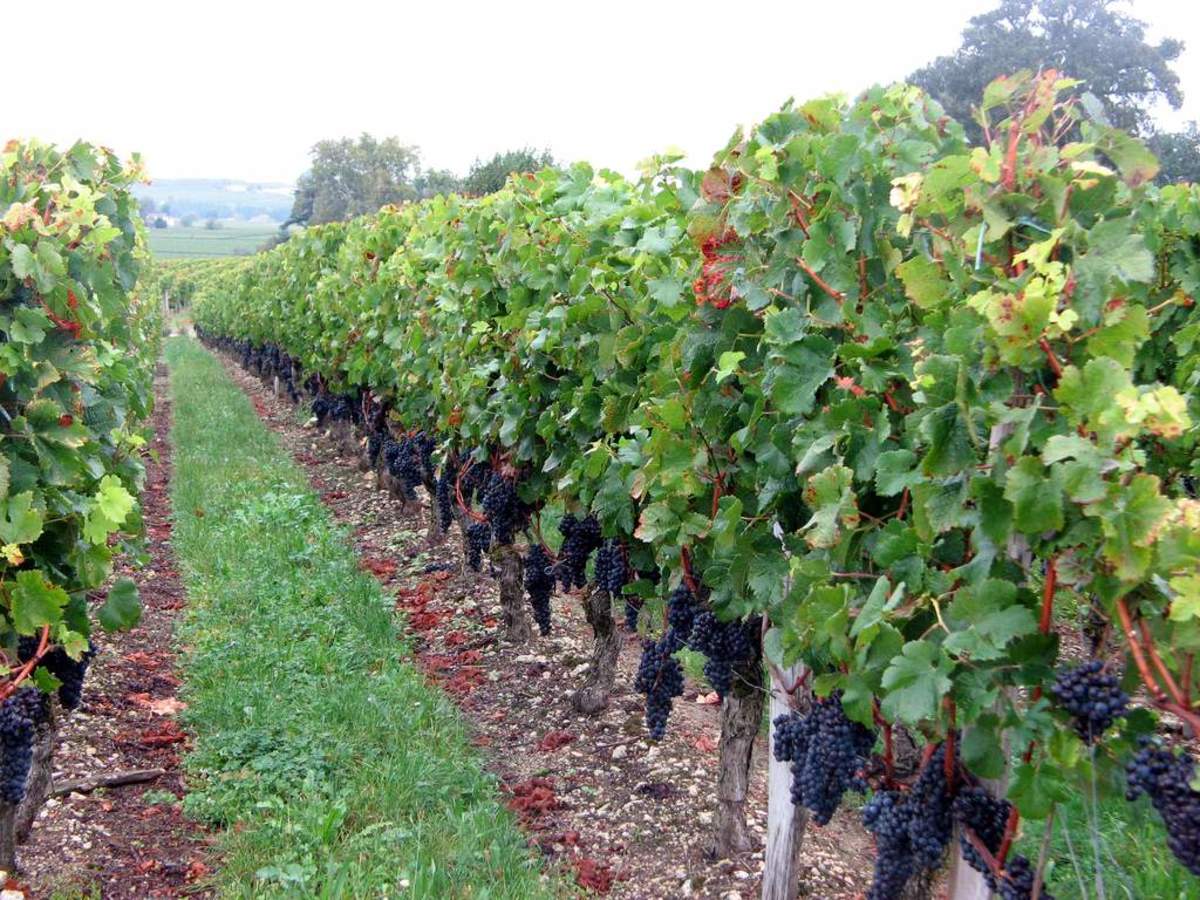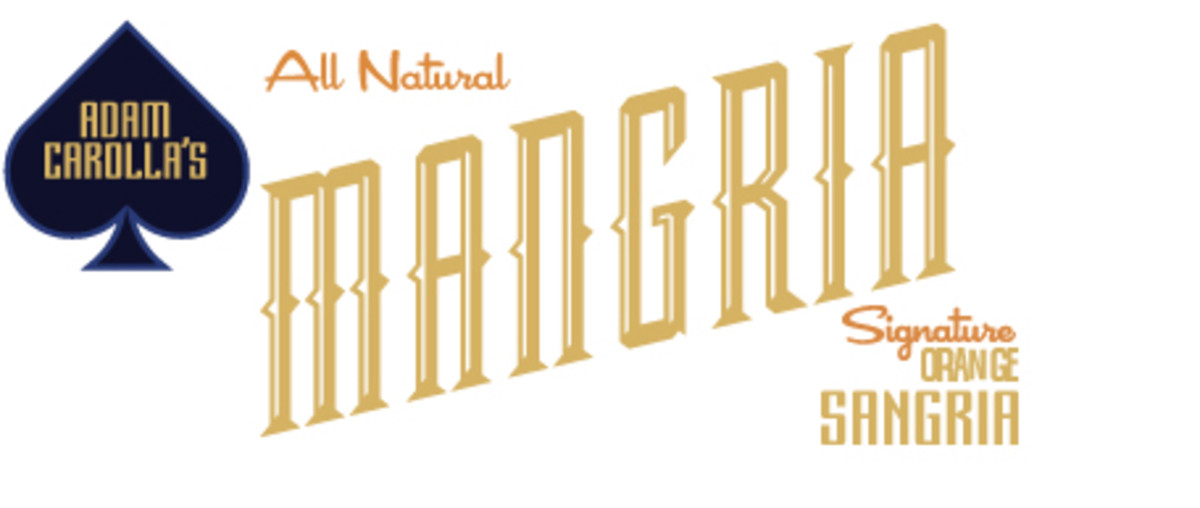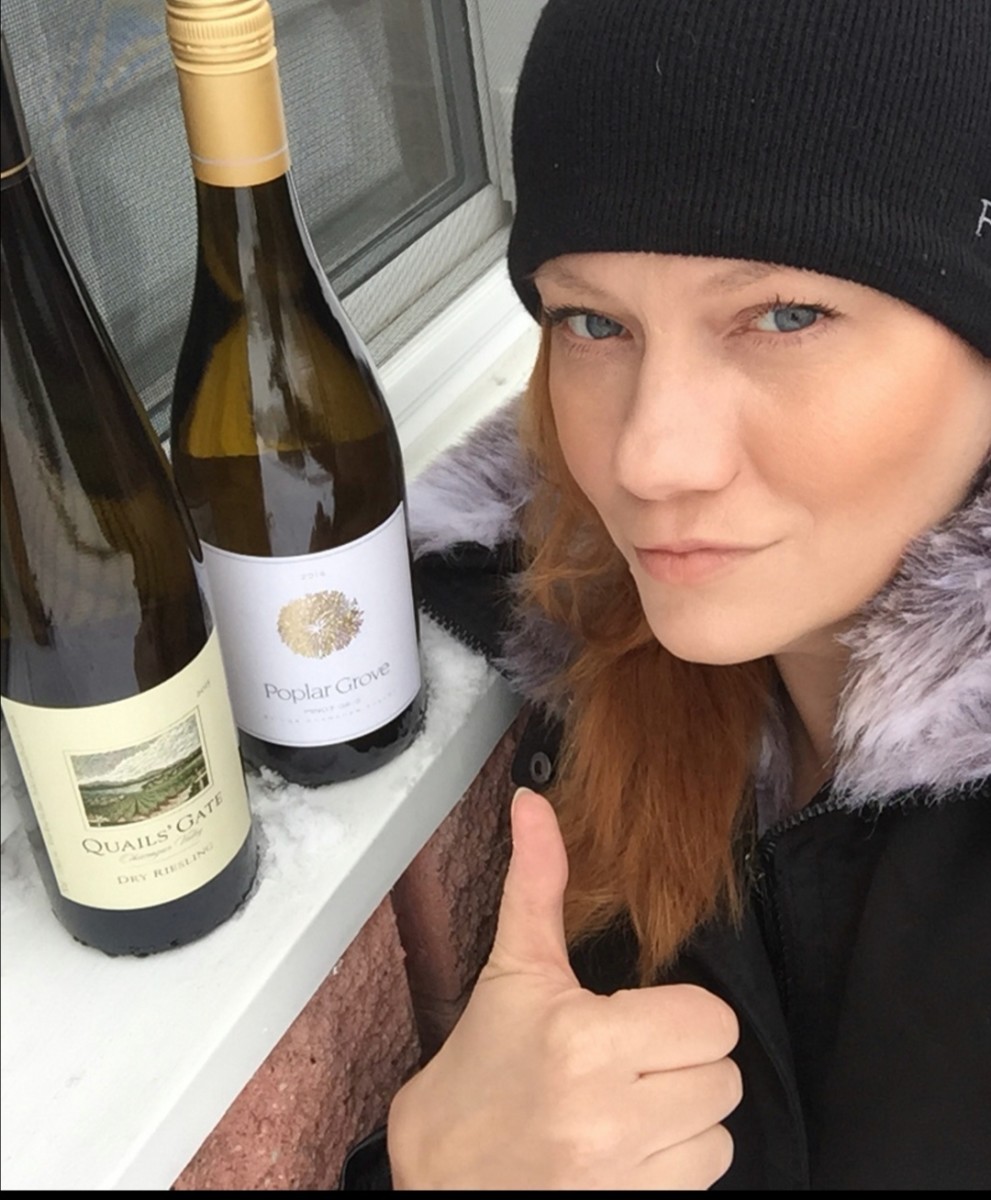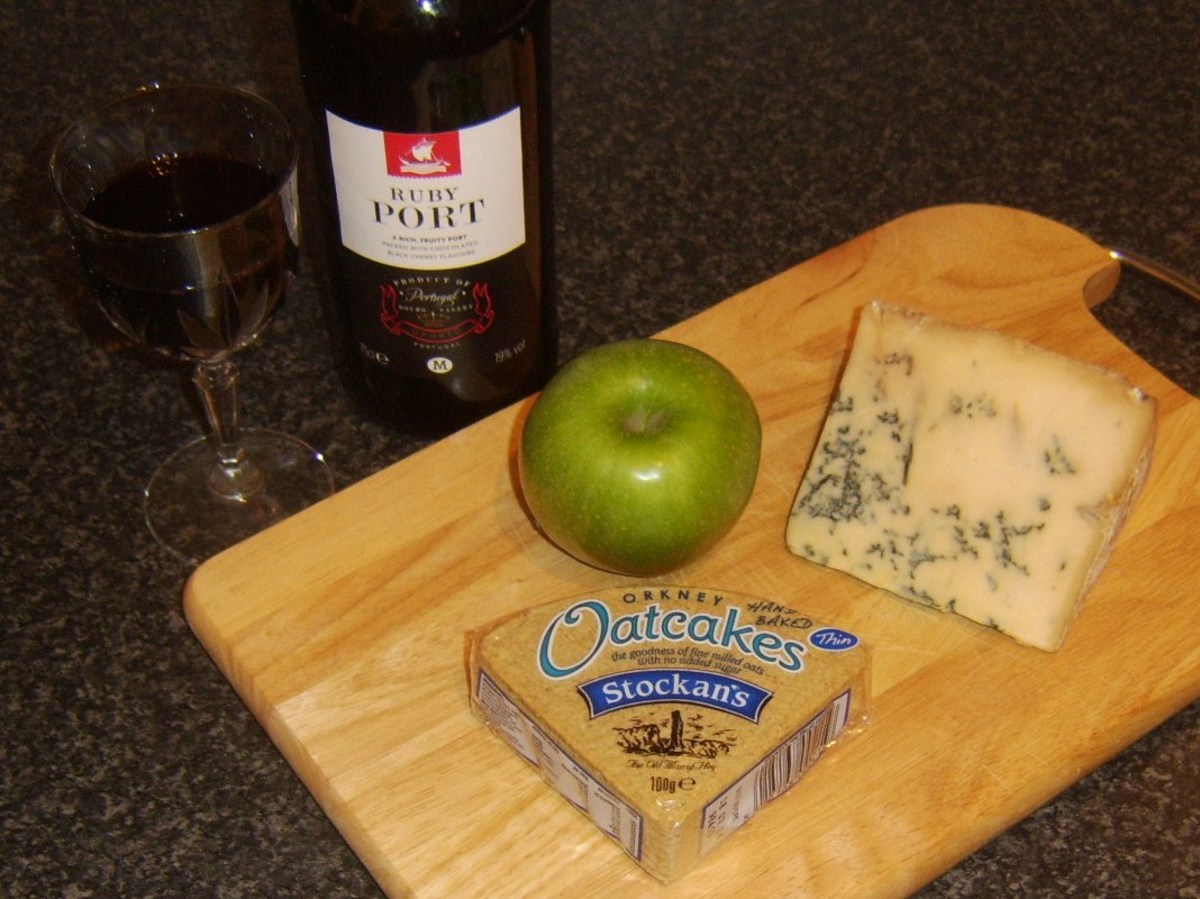Spanish Wine Regions-Rioja
Rioja Vineyards in Northern Spain
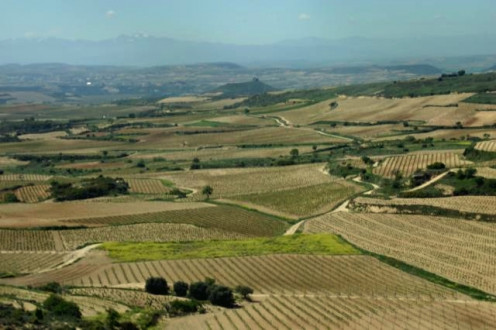
The vineyards and grapes of Rioja
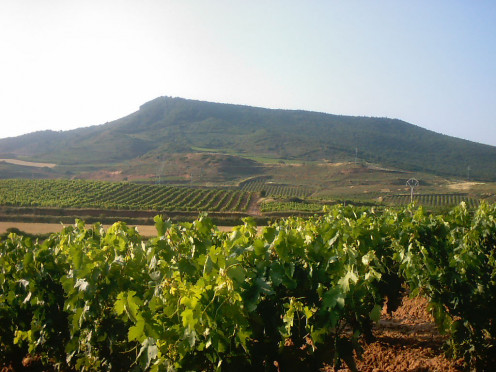
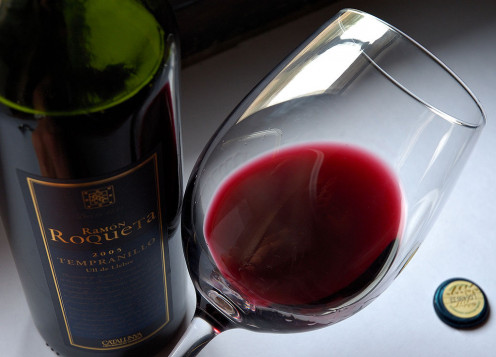

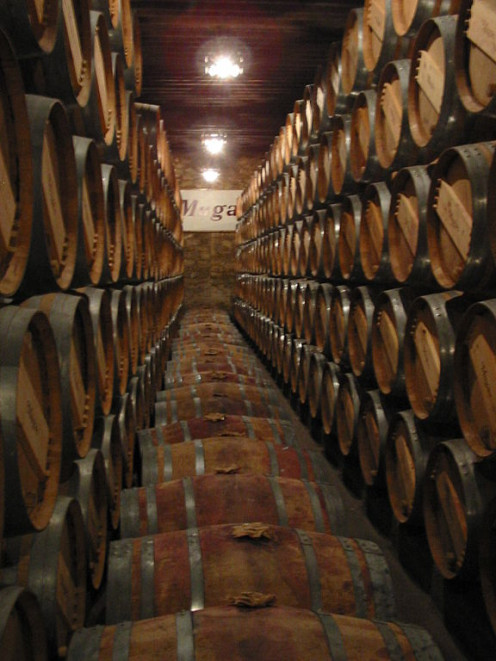
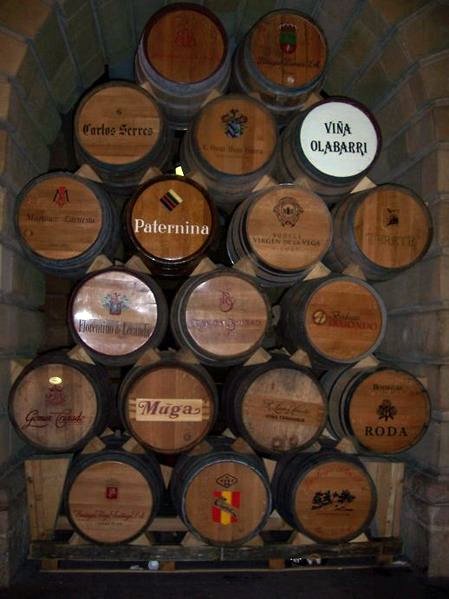
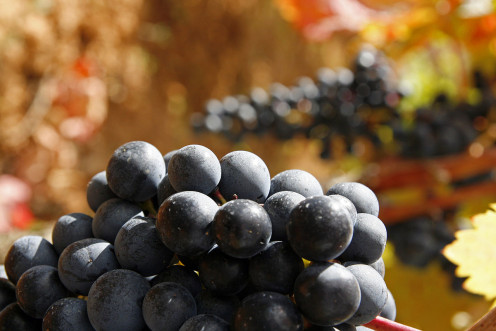

More about Rioja Wines
- Rioja Wine Information
Rioja is a region in Spain with a long, glorious vinicultural history. Rioja wine, especially the red, has been well known for centuries. - Rioja (wine) - Wikipedia, the free encyclopedia
==================
Spanish Wine Regions - Rioja
==================
When I started studying wine in the mid 1960s, I concentrated on the wines of France and Germany which were still reasonably priced. About the only Spanish wines that were readily available then were Sherries and I wasn’t that interested in fortified wines.
----------------------------
Living in Newburgh, New York, I soon became familiar with Sherry-Lehmann in New York City who carried wines from all over the world. I purchased a case of 1943 Rioja from Marquis de Riscal at a very low price but I was not impressed with it.
----------------------------
That is about my entire involvement with Rioja wines until very recently when the price and availability of Spanish wines have made them very attractive to me on my limited budget.
----------------------------
Rioja is one of 17 different geographic wine producing regions in Spain and it produces about 6% of all Spanish wine. Along with Bordeaux and Burgundy in France it produces some of the longest-lived dry red wines in the world.
----------------------------
Although some Rioja wines are very expensive, the overall quality of wine in this region continues to improve and there are still many bargains if you know what to look for. Here is a list of top ten things that you should know about the wines of Rioja:
==================
1. Rioja produces about 250 million liters of wine each year, which is about 6% of Spain’s overall wine production. About 90% of it is red wine (tinto) with the balance either white (blanco) or rose (rosado).
2. The Rioja wine producing area is located in Northern Spain south of the Cantabrian Mountains along the Ebro River on a plateau which is about 1500 feet above sea level. In addition to the Autonomous Community of La Rioja, the grapes can also be grown in parts of Navarre and the Basque province of Alvara,
3. Rioja is further subdivided into three zones:
(a) Rioja Alta - Located on the western edge at the higher elevations it produces "old world" style wines which are somewhat lighter in flavor.
(b) Rioja Alavesa - Similar climate to the Alta region but the poorer soil produces fuller bodied higher acidic wines.
(c) Rioja Baja - Temperatures are typically warmer so the wines are deeply colored with higher alcoholic content up to 18%. These wines with low acidity and aroma are generally used for blending.
4. The principal red wine grapes of Rioja are Tempranillo and Granacha with lesser amounts of Mazuelo and Graciano. A typical Rioja might contain 60% Tempranillo, 20% Granacha with the balance of the blend made up of Mazuelo and Graciano. Viura (also known as Macabeo) is the principal white wine grape and is blended with some Malvesia and Granacha Blanca.
5. The earliest written evidence of wine making in La Rioja dates back to 873 but it actually began much earlier. The King of Navarra and Aragon first legally recognized Rioja wine in 1102. In 1926, the Consejo Regulador (Regulating Council) was created and began controlling the use of the name "Rioja". In 1991, La Rioja became Spain’s first Denominacion de Origen Calficada (DOCa).
6. Influenced by Bordeaux, oak aging was introduced in Rioja in the early 19th century. In the past, the red wines of Rioja were aged in cask as many as 15-20 years prior to being released. Today, it is common to age them only 4-8 years. Even white wines used to be aged 2-5 years in oak giving them a slightly oxidized taste. Things are better now.
7. The red wines of Rioja have four classifications:
- Rioja – These wines are oak aged for less than one year.
- crianza – Aged for at least two years, at least one of which was in oak.
- Rioja Reserva - Aged for at least three years, at least one of which was in oak.
- Rioja Gran Reserva – Aged at least two years in oak and three years in the bottle. These wines are not necessarily produced every year.
8. Wineries in Spain are commonly called bodegas and this term can also be used to describe a wine cellar or warehouse. The Rioja wine industry is dominated by local family vineyards and cooperatives that buy the grapes and make the wine. Recently, there has been more emphasis on making estate-bottled wines.
9. Rioja wine labels generally contain the following information:
- The Producer
- When the Bodega was founded
- The location where the wine was made
- The Vintage
- The Origin
- DOCa
- Sometimes also the grape varieties used
Added information in Spanish is usually provided in a label on the backside of the bottle. I have provided a link, which contains more detailed information.
10. Rioja wine vintages vary in quality from year to year so that you really need to consult a vintage chart. I have provided a link to Robert Parker’s vintage wine chart, which is a good place to start. In general, you should buy only recent vintages when buying white wines and you should buy older red wines only if they have been stored properly. Vintage charts are really only an overall assessment of the wines produced in a given region in a particular year. You should always taste a bottle if possible before buying a case
=================================
Rioja Wine Grapes
- Video: Rioja Wine Grapes | eHow.com
Rioja Wine Grapes. Part of the series: Rioja Spanish Wines. The La Rioja region produces Graciano, Tempranillo, Viura, and Garnacha Blanca grapes. Learn more about the grapes that are used for Rioja wines from a professional sommelier in this free vi
How to Read a Rioja Wine Label
Chart of Recent Wine Vintages
Rioja Wine Regions
Rioja Wine Classifications
Rioja Wine Grapes
Rioja Wine Region in Spain
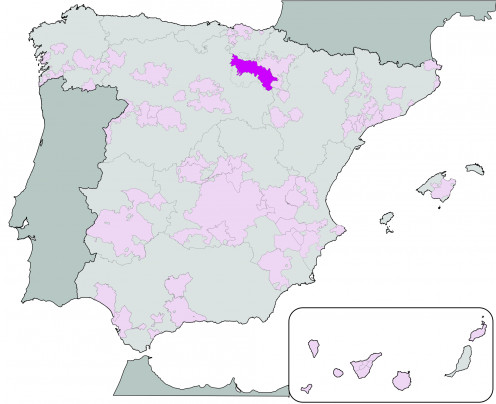
The Rioja Wine Region is just south of the Basque City of Bilbao
More Wine Hubs by rjsadowski
- An Introduction to Spanish Wines
Spain is the third largest producer of wine in the world and has more acreage planted in grapevines than any other country. It has 68 - An Introduction to French Wines
France is the largest producer of wines in the world. French wine regions like Bordeaux, Burgundy, Champagne and Beaujolais have become household words. French grape varieties such as cabernet sauvignon, pinot noir, chardonnay, syrah and merlot are p - French Wine Regions - Burgundy
The various regions of Burgundy are described as well as the grapes that are grown there. In addition, many of the greatest wines of Burgundy are listed along with my comments on those that I have tasted. Also included are fond recollections of a wee - French Wine Regions - Alsace
Alsace often changed hands between Germany and France for over a hundred years until the treaty of Versilles was signed in 1921. It is no wonder that the Alsacian wines still resemble the white wines of Germany with the grape variety displayed promin - French Wine Regions - Beaujolais
The French wine region of Beaujolais has three major appelations (AOCs) - Beaujolais, Beaujolais Village and Crus du Beaujolais (containing ten individual Crus). This article describes all of them along with the grapes and the method which is used to - An Introduction to California Wines
California is one of the largest producers of wine in the world. If it was a country it would be fourth behind only France, Italy and Spain. Although in recent years, the prices for their top quality wines have skyrocketed, there are still many relat - An Introduction to Hungarian Wines
The Romans brought grape vines to Hungary and by the 5th century there were extensive vineyards planted. In 2010, Hungary was the 16th largest producer of wine accounting for nearly 1.5% of the world's production. Hungary produces many different vari - An Introduction to Argentine Wines
Argentina is the fifth largest producer of wine in the world. Their wine consumptiom is considerably less than their production so they are major exporters of wine and they are the seventh largest importer of wine into the United States. With moderat - An Introduction to New Zealand Wines
New Zealand is one of the fastest growing wine producing areas in the world. In the 1990s a British wine critic declared that New Zealand sauvignon blanc was - Which Wine Goes With What Food?
Novice wine drinkers are confused about which wine to drink with what food. This article explains in simple terms the time-honored pairings, but ultimately it is OK to drink any wine you like with any food. One useful guideline is that the wines of a


